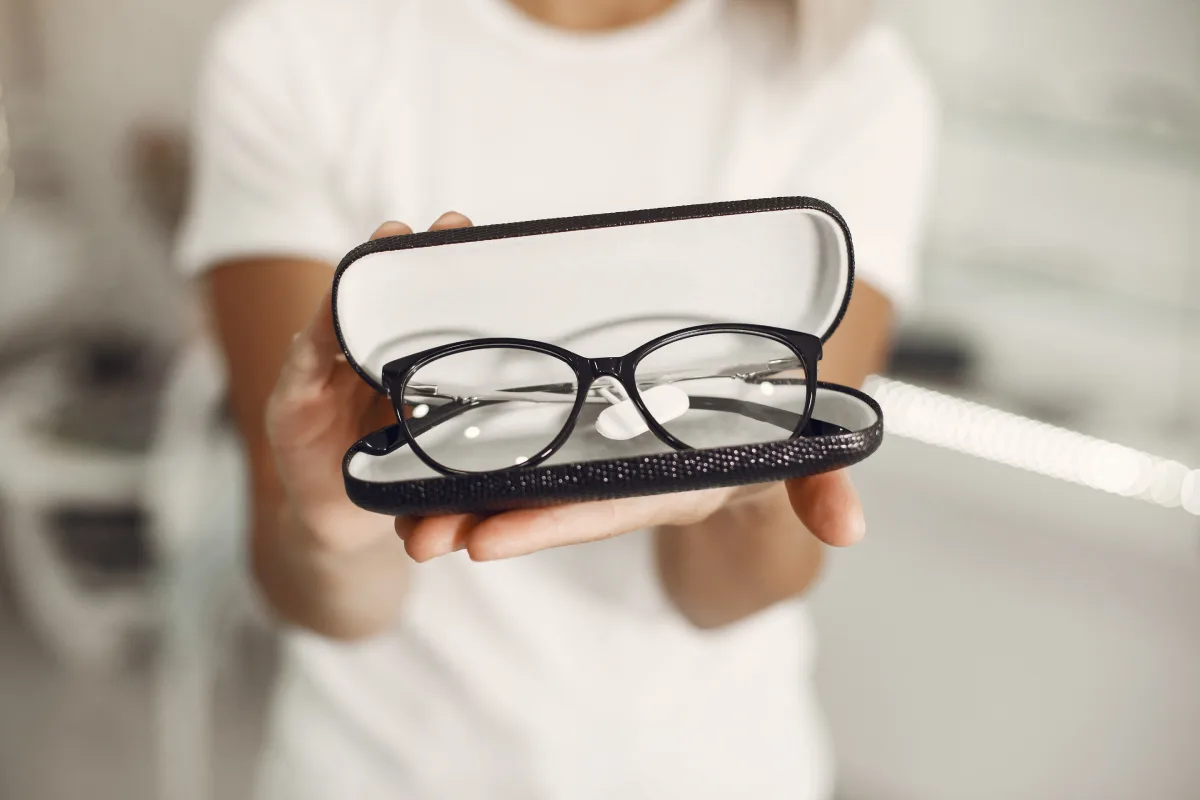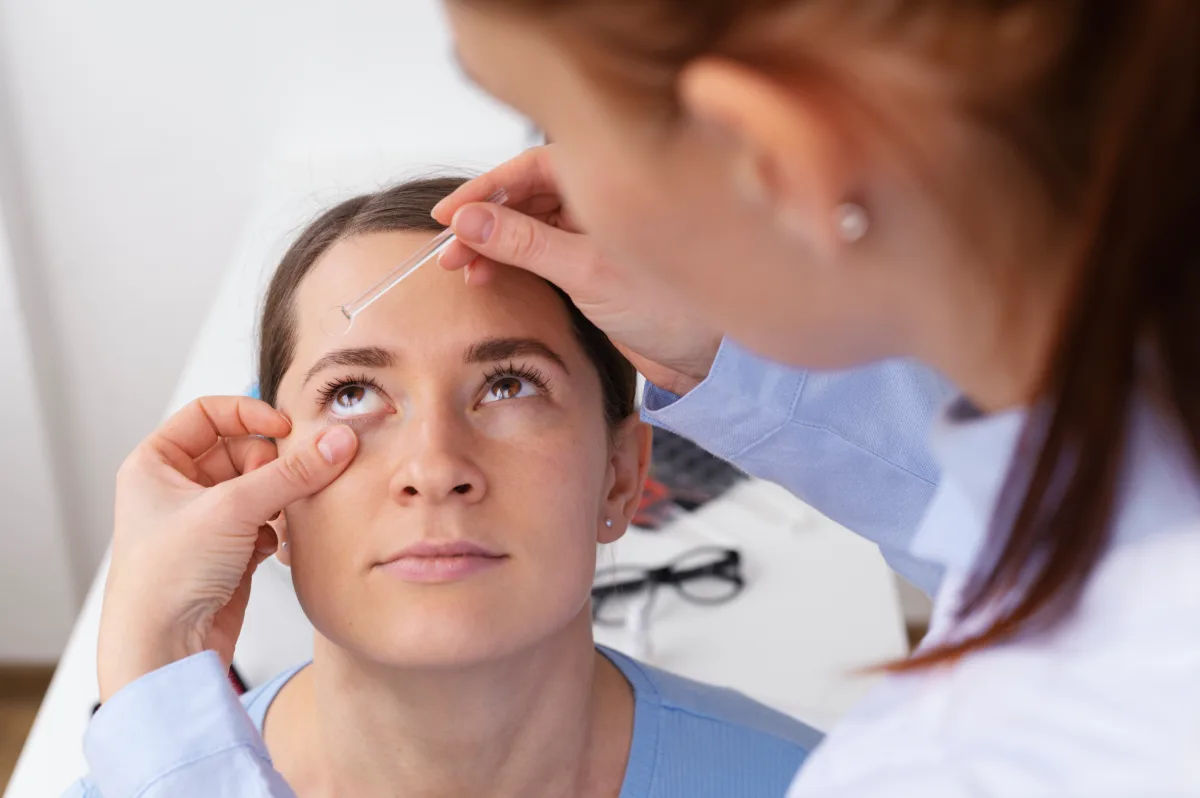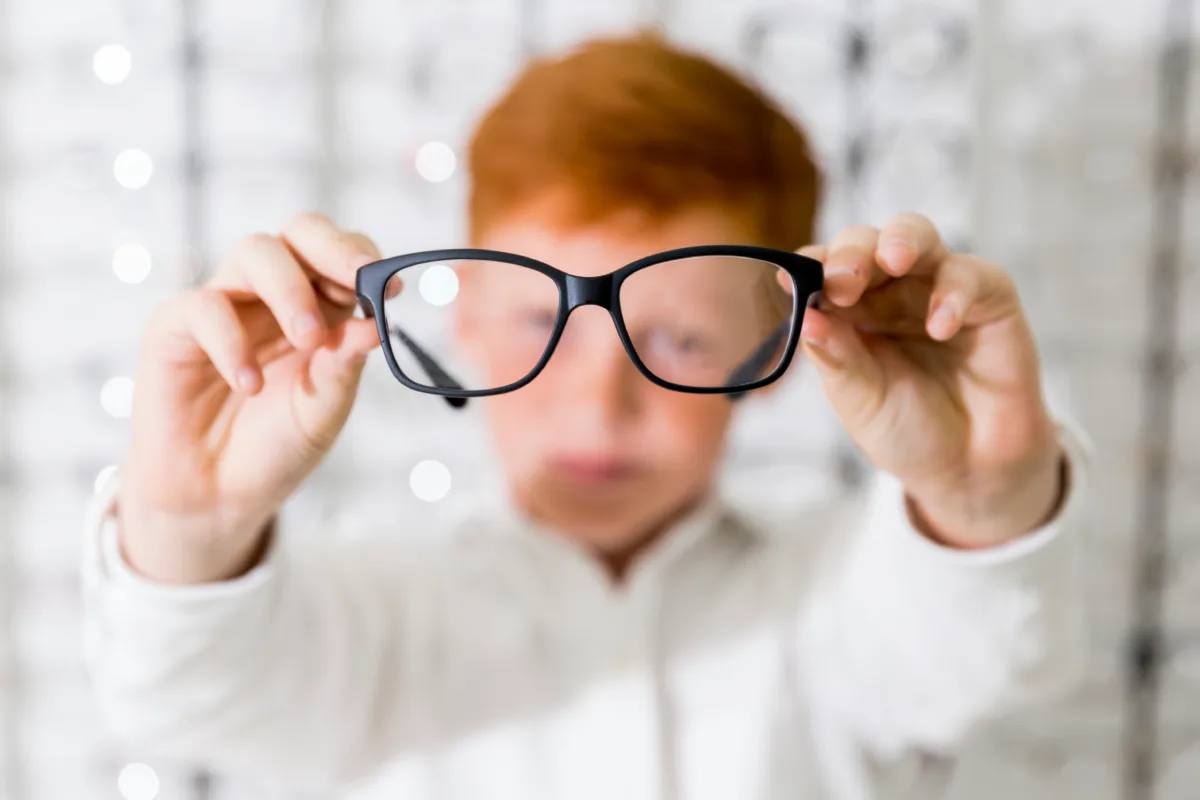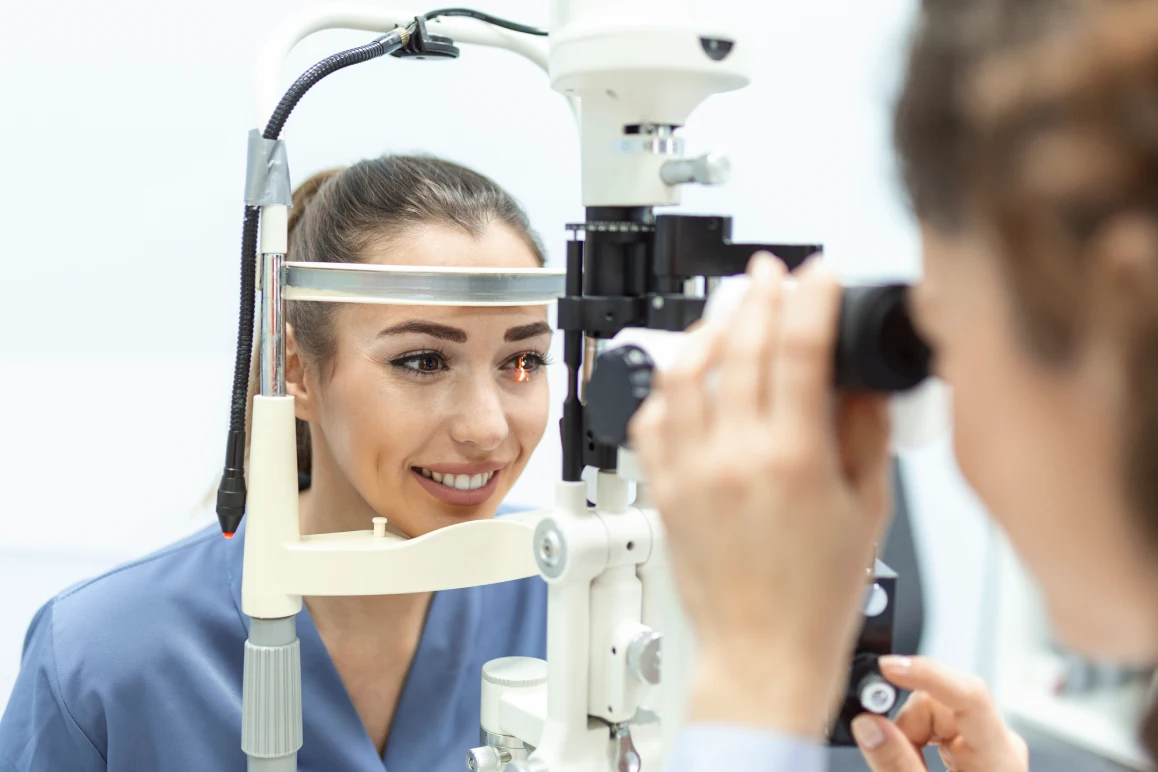Eyeglasses: More Than Just Sight Correction
Beyer LASIK
on
March 8, 2023
Eyeglasses: More Than Just Sight Correction

Eyeglasses these days represent more than eyesight correction. They’re a fashion statement, an up-front symbol of individual identity. For a while through the 80s and 90s, it looked like contact lenses would, except for a few out-of-date outliers, become the unequivocal fashion norm. Then came new generations and internet eyeglass companies like Warby Parker, and voila! Everyone after Gen X, from Z to Alpha “influencers,” have fallen back in love with glasses as iconic symbols of sexy, glamorous, intelligent, and, well, style.
Glasses Vs. Contact Lenses
When most people think of contacts, they think of two things: looks and freedom from annoying hardware on one’s nose. Never mind the number of slimy curved discs they’ve lost to the bathroom drain, the stinging eyes, blurry vision, and never-ending application of wetting drops. It seems some people will never desert contacts, no matter what.Signs You Need Glasses
- Blurred vision
- Double vision
- Fuzziness, as in objects don’t have defined, clear lines, and things seem a bit hazy
- Headaches
- Squinting
- Objects have “auras” or “halos” around them in bright light.
- Eyestrain, or eyes that feel tired or irritated
- Distorted vision
How Often Should Your Glasses be Changed?
Optometrists recommend getting new glasses every one to three years. However, there might be various factors suggesting it is time to change your old prescription. Without a thorough eye exam, only you can determine whether your current prescription works.
When You Cannot Wear Contact Lenses
There are some factors and conditions that will keep you from wearing contact lenses, including:
- You Have Dry Eye Disease. Dry eye disease is an eye condition that affects how well your tears can lubricate your eyes.
- You Have Blepharitis. Inflammation, scaling, and crusting of the eyelid.
- You Have Severe Eye Allergies. Contact lenses can end up causing more irritation to the eyes.
- You Have a Unique Prescription.
- You Have Contact Lens Intolerance. Your eyes cannot tolerate the lenses and reject them.
Worth Noting
Wearing glasses reduces the instinct to touch your eyes. If you are prone to eye irritation and infections, glasses are a wise choice.
Cost
Today’s online eyeglass providers have cut the cost of both glasses and lenses. Progressive eyeglasses with fashionable frames that used to cost upwards of $700 are now $350. Prices, of course, depend upon the complexity of your subscription. Reading glasses will be significantly less than progressive lenses or those with all the bells and whistles: UV coating, anti-reflective coating, scratch-resistant coating, photochromic treatment, anti-fog coating, tinted lenses, and mirror coating.
Types of Lenses
- Bifocals. The upper part helps you see things in the distance, and the lower part enables you to see nearby objects.
- Trifocals. Bifocals with a third section helps people who have trouble seeing objects within arm’s reach.
- Progressive. The glasses have an inclined lens or continuous gradient between different lens powers. The lens focuses progressively closer as you look down through it.
- Computer glasses. These multifocal lenses have a correction specifically made for people who need to focus on a computer screen.
Get Your Sight Right, New York
Dr. Craig Beyer comes to the New York area as one of the first 10 doctors in the country authorized to perform LASIK surgery by the FDA. He has personally performed over 15,000 surgeries. His experience in the range of corrective surgeries and advanced eye care has been noted by top Ophthalmology Publications nationwide.
If you live in New York or the surrounding areas and want the best in eye care, call 877-274-1797 to schedule an appointment or free consultation.




